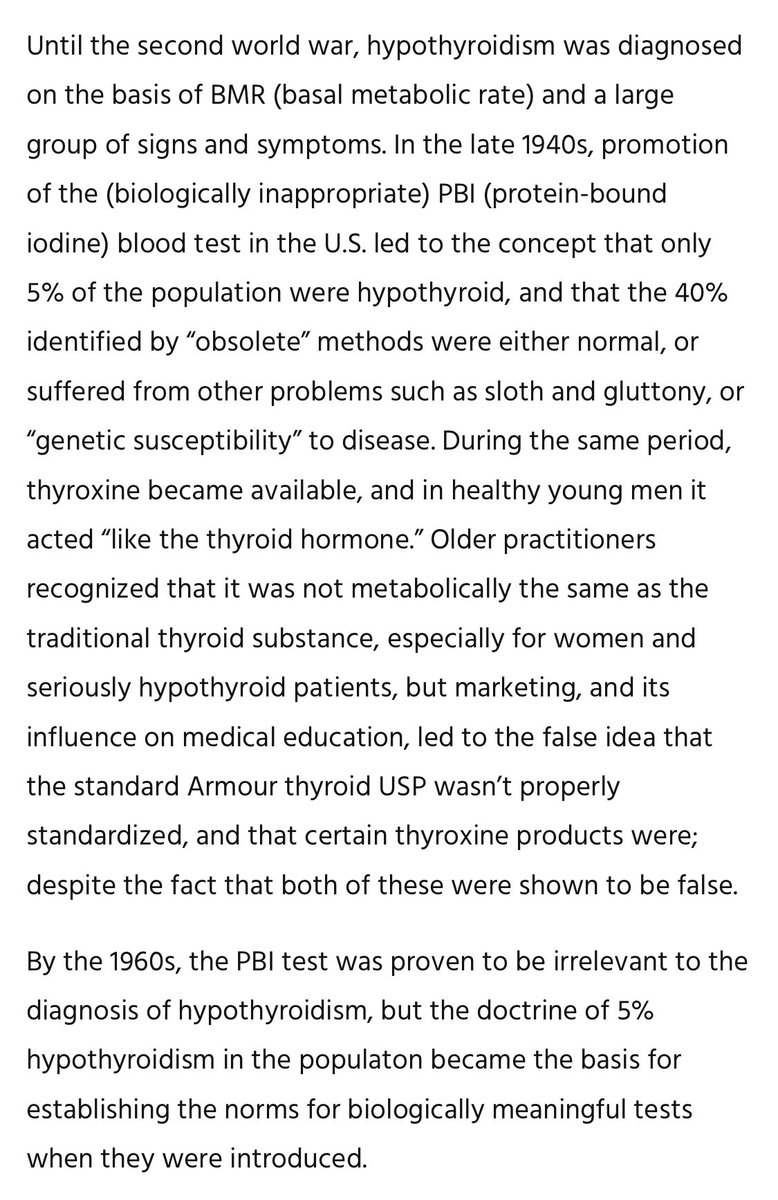
How to get URL link on X (Twitter) App

https://twitter.com/gabrielpeterss4/status/1946639429592109253Your thyroid is not fine.
https://twitter.com/takethiamine/status/1859043190667674007
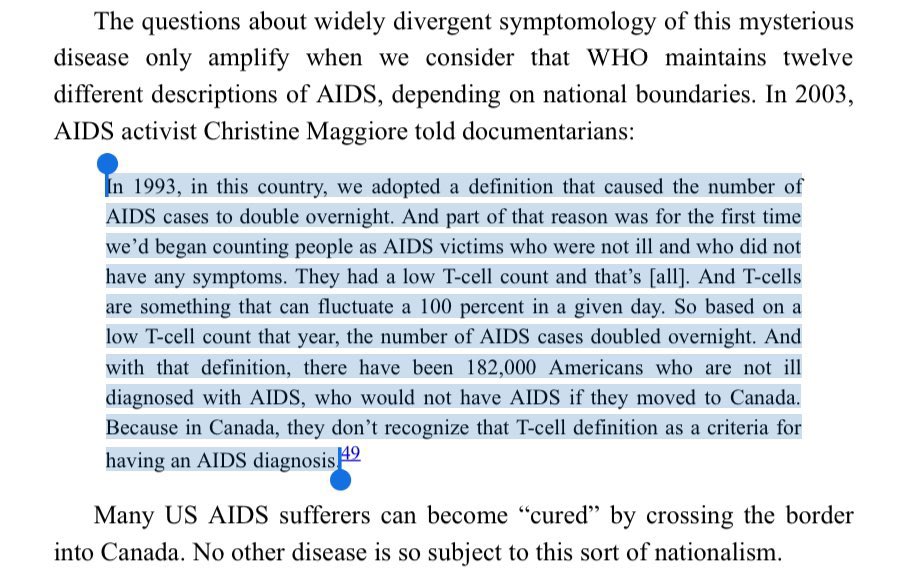
https://twitter.com/youarelobbylud/status/1893708121807425648“AIDS” isn’t one thing. It’s a cluster of about 30 existing illnesses, many of which are metabolic in nature.

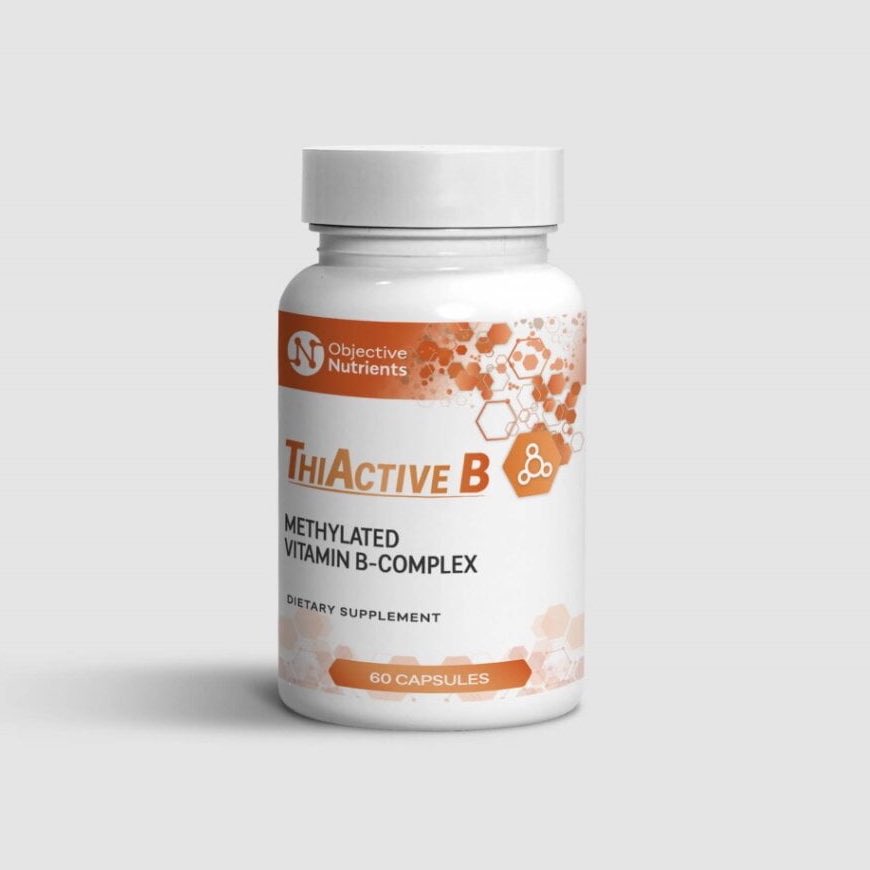

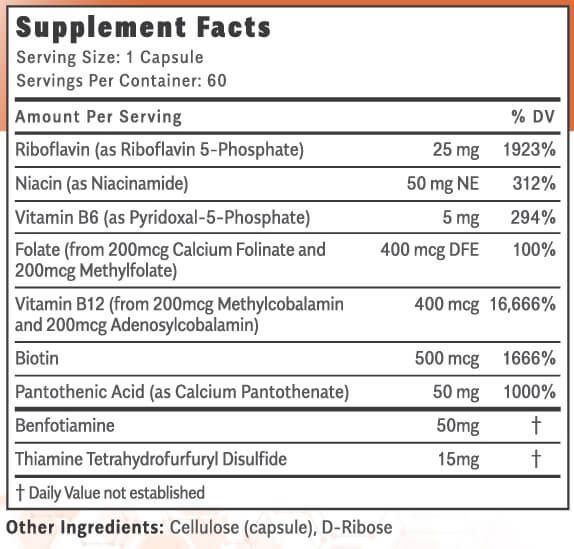 For 10% off ThiActive B, use code TAKETHIAMINE
For 10% off ThiActive B, use code TAKETHIAMINEhttps://twitter.com/akriegman/status/1861230296949235840Double-blind is unethical because parents allowing the study would have strong opinions on which group their kids are sorted into.

 CICO and thermodynamics
CICO and thermodynamics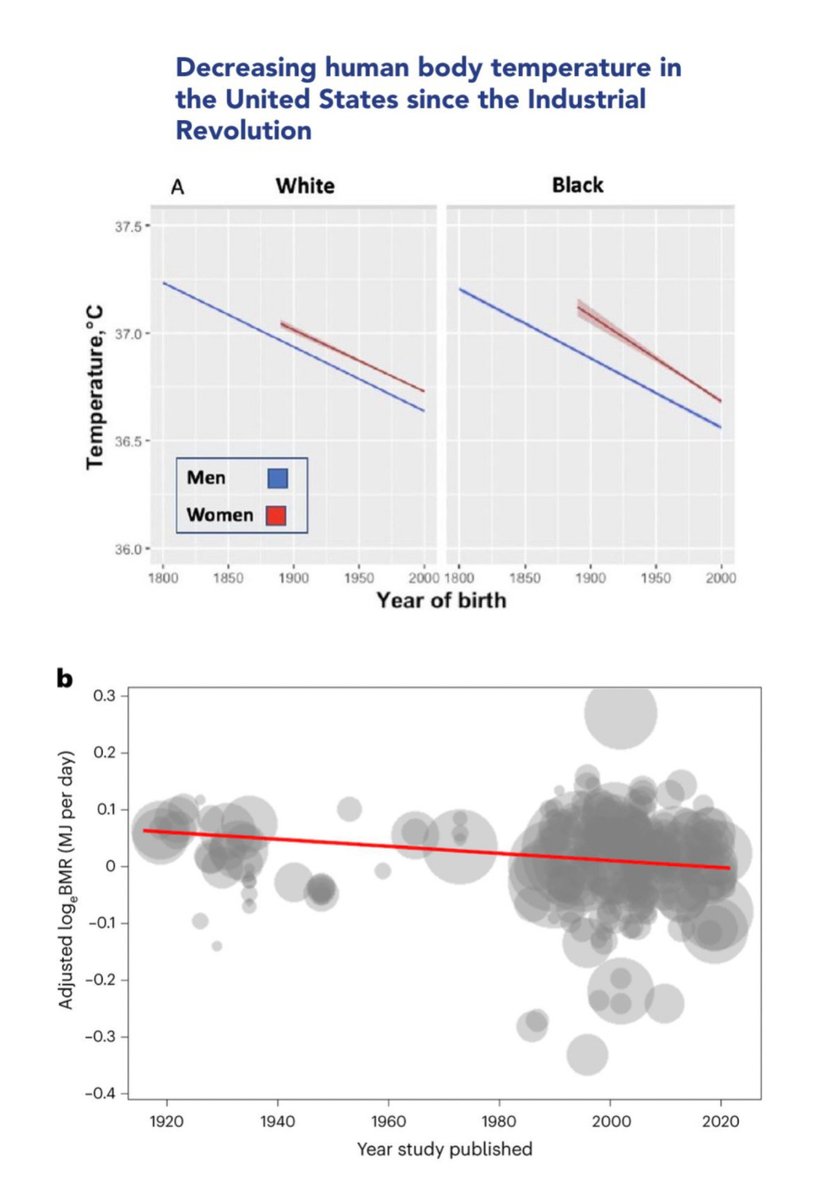


https://twitter.com/disgracedprop/status/18380561721104305081. "Sudden proliferance of hypothyroidism—a real but extremely rare condition—"

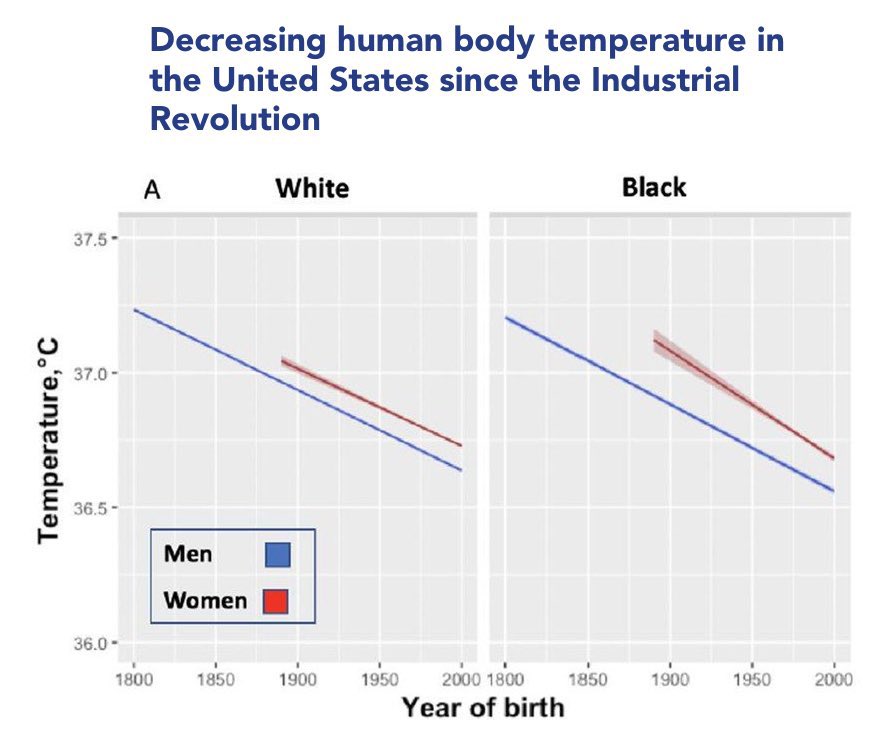
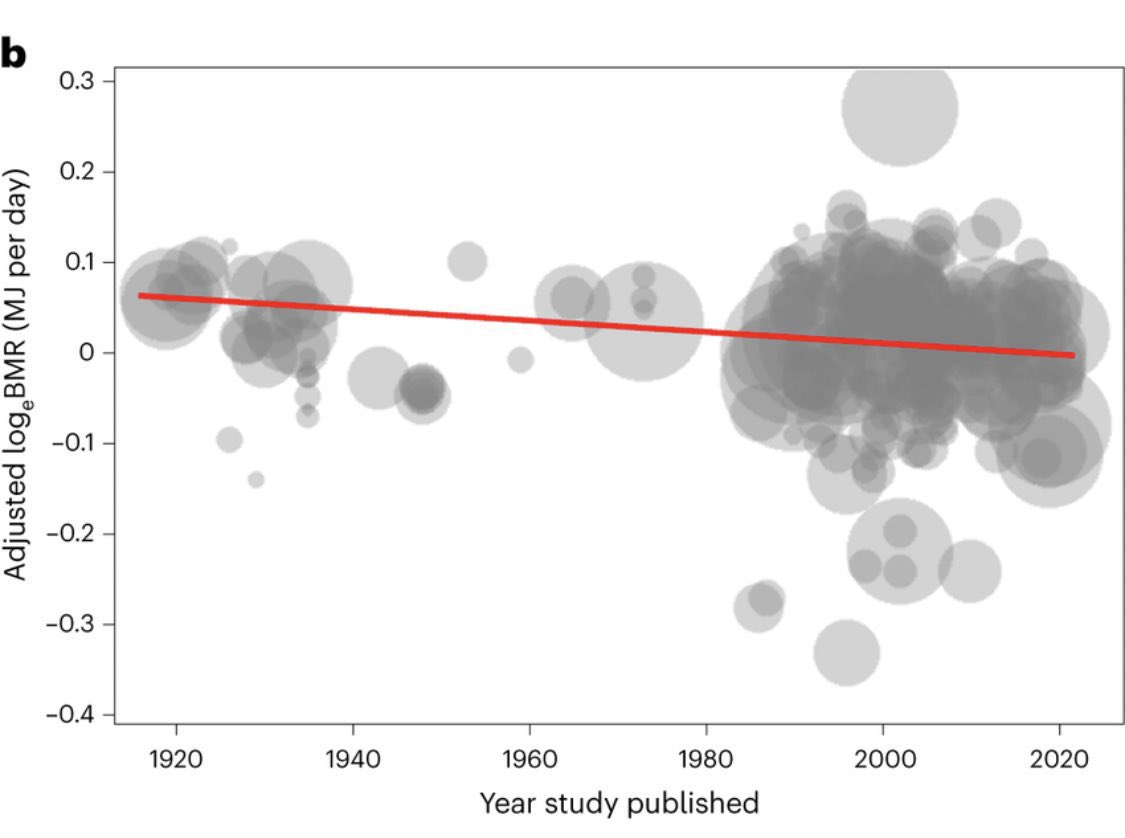
https://twitter.com/fischerking64/status/1789817446037172290

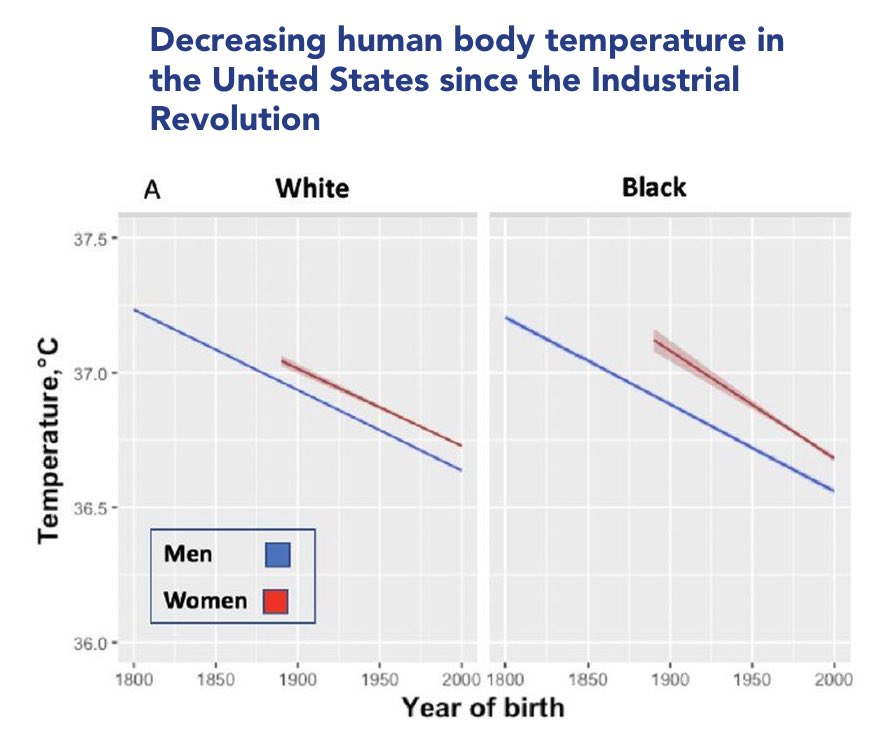
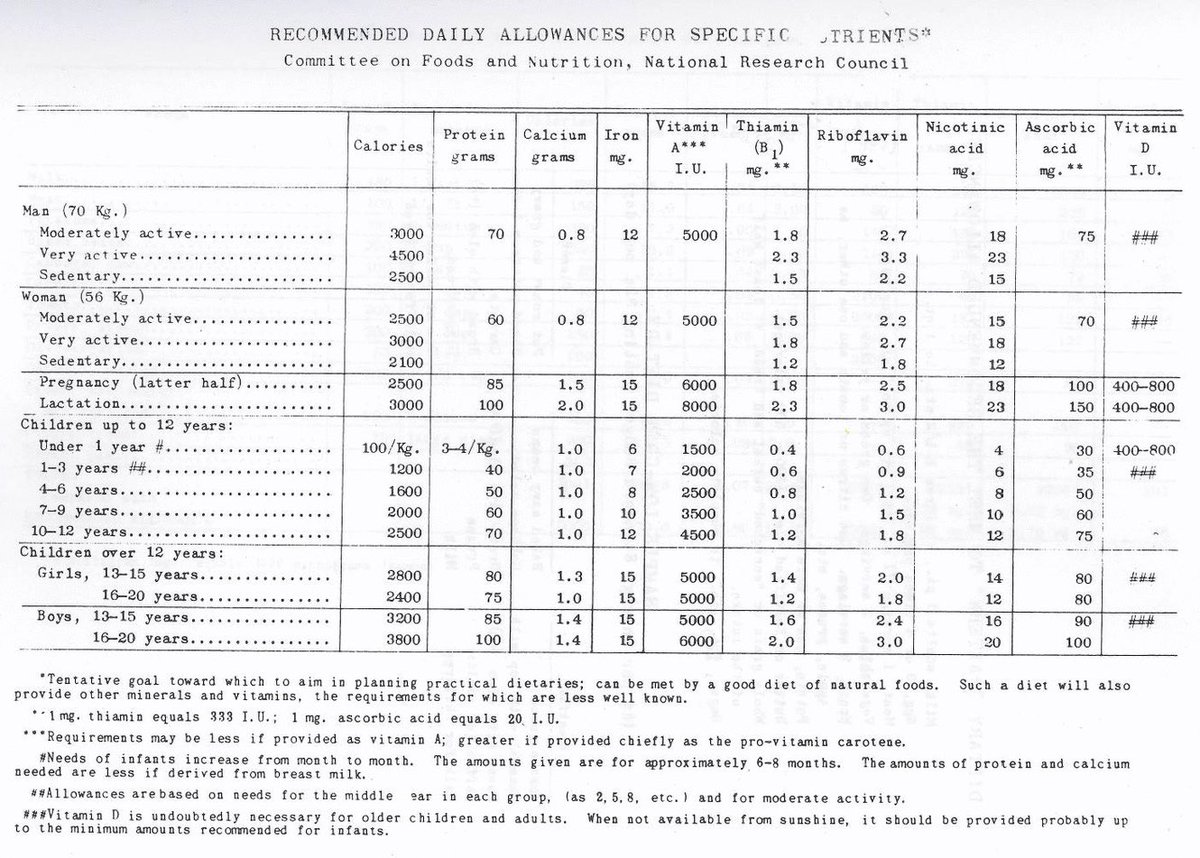
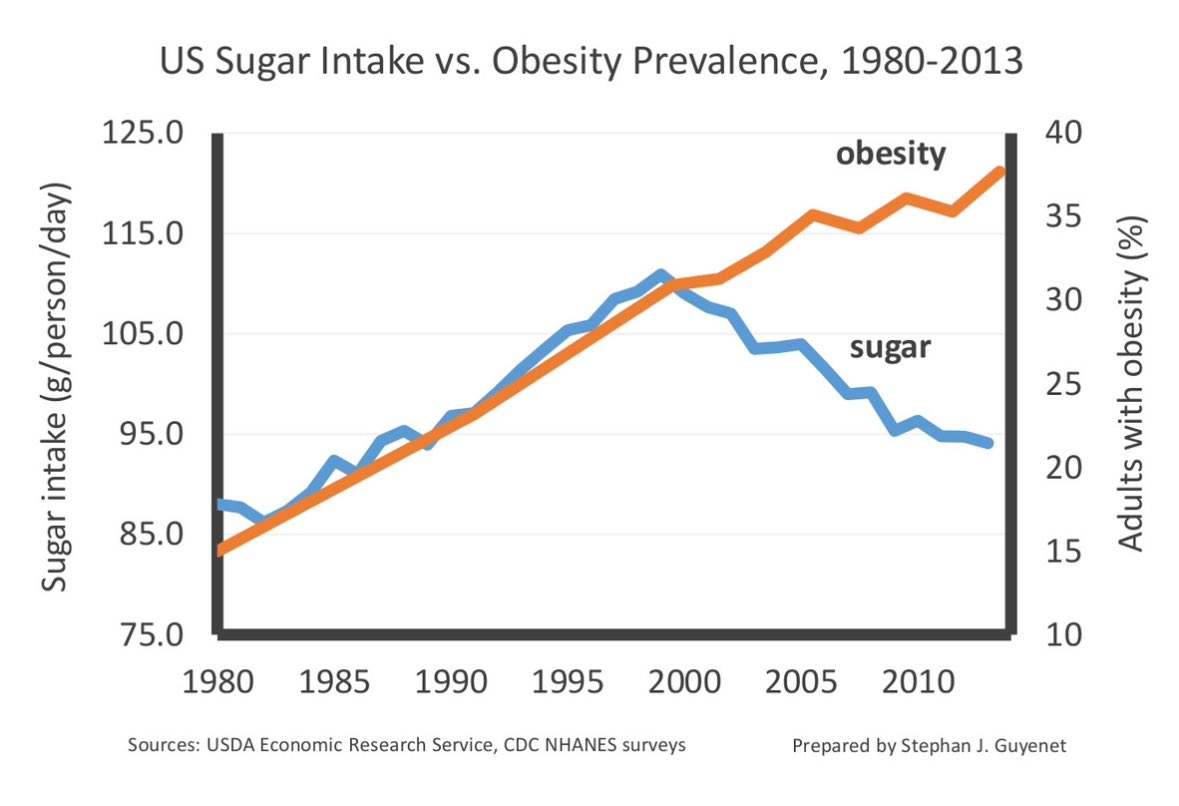 Seed oils slow the metabolic rate in multiple ways, and our consumption of them has been increasing almost 1:1 with the increased rate of obesity.
Seed oils slow the metabolic rate in multiple ways, and our consumption of them has been increasing almost 1:1 with the increased rate of obesity. 

https://twitter.com/raypeatfan/status/1782940005846921546
 Biotin deficiency can cause aerobic glycolysis (Warburg effect) with increased fat synthesis (Marshall, et al., 1976)
Biotin deficiency can cause aerobic glycolysis (Warburg effect) with increased fat synthesis (Marshall, et al., 1976) 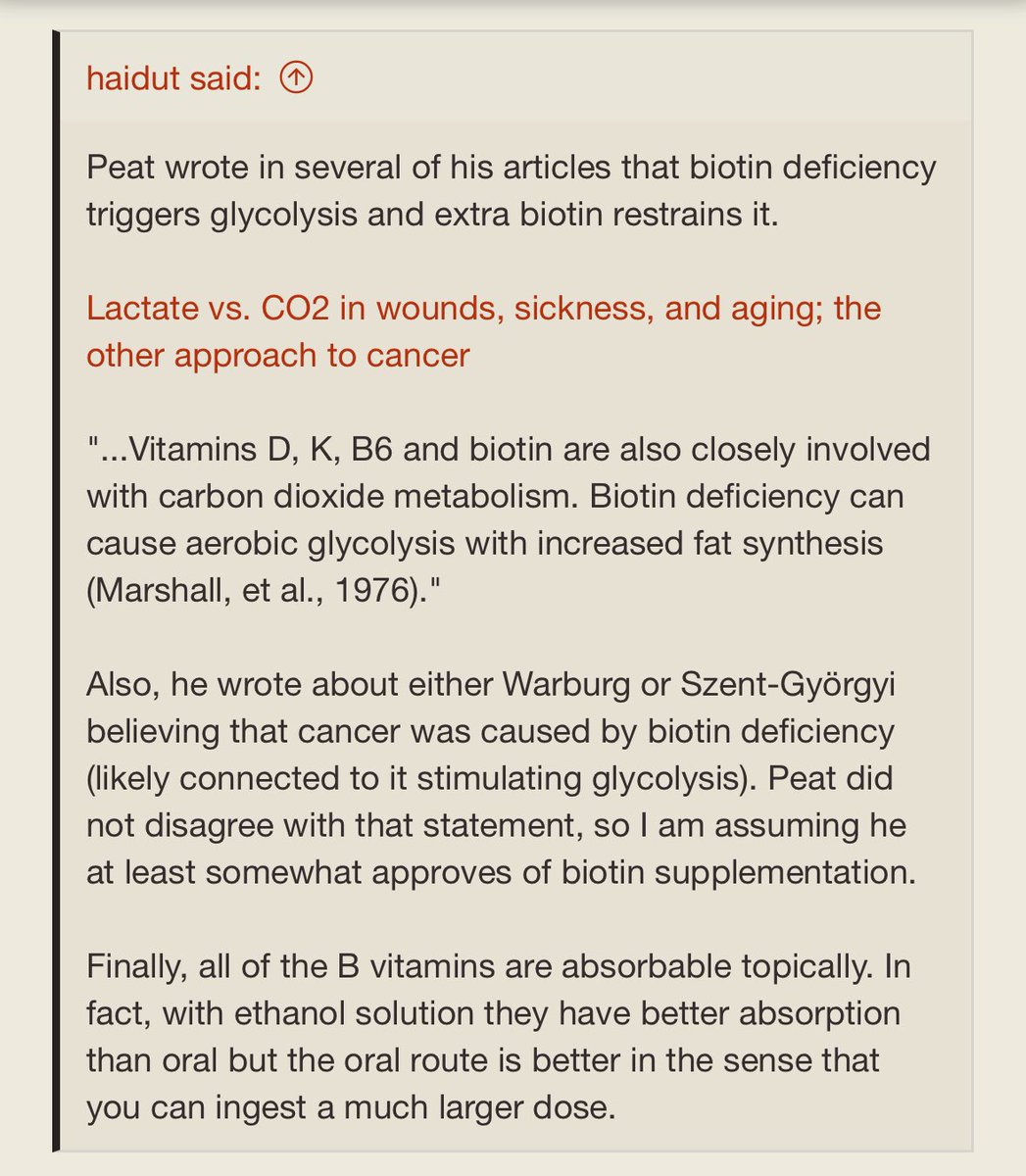
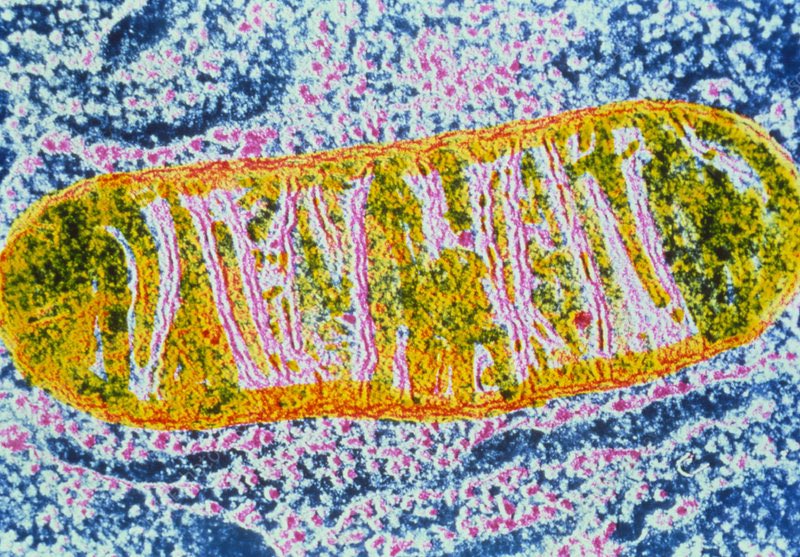
 “𝙄𝙩’𝙨 𝙗𝙚𝙚𝙣 𝙣𝙚𝙖𝙧𝙡𝙮 50 𝙮𝙚𝙖𝙧𝙨 𝙨𝙞𝙣𝙘𝙚 𝙩𝙝𝙚 𝙒𝙖𝙧 𝙤𝙣 𝘾𝙖𝙣𝙘𝙚𝙧 𝙬𝙖𝙨 𝙙𝙚𝙘𝙡𝙖𝙧𝙚𝙙, 𝙖𝙣𝙙 𝙮𝙚𝙩 𝙢𝙤𝙧𝙚 𝙥𝙚𝙤𝙥𝙡𝙚 𝙖𝙧𝙚 𝙙𝙞𝙖𝙜𝙣𝙤𝙨𝙚𝙙 𝙬𝙞𝙩𝙝 𝙘𝙖𝙣𝙘𝙚𝙧 𝙖𝙣𝙙 𝙙𝙮𝙞𝙣𝙜 𝙛𝙧𝙤𝙢 𝙩𝙝𝙚 𝙙𝙞𝙨𝙚𝙖𝙨𝙚 𝙩𝙝𝙖𝙣 𝙚𝙫𝙚𝙧 𝙗𝙚𝙛𝙤𝙧𝙚.[1]
“𝙄𝙩’𝙨 𝙗𝙚𝙚𝙣 𝙣𝙚𝙖𝙧𝙡𝙮 50 𝙮𝙚𝙖𝙧𝙨 𝙨𝙞𝙣𝙘𝙚 𝙩𝙝𝙚 𝙒𝙖𝙧 𝙤𝙣 𝘾𝙖𝙣𝙘𝙚𝙧 𝙬𝙖𝙨 𝙙𝙚𝙘𝙡𝙖𝙧𝙚𝙙, 𝙖𝙣𝙙 𝙮𝙚𝙩 𝙢𝙤𝙧𝙚 𝙥𝙚𝙤𝙥𝙡𝙚 𝙖𝙧𝙚 𝙙𝙞𝙖𝙜𝙣𝙤𝙨𝙚𝙙 𝙬𝙞𝙩𝙝 𝙘𝙖𝙣𝙘𝙚𝙧 𝙖𝙣𝙙 𝙙𝙮𝙞𝙣𝙜 𝙛𝙧𝙤𝙢 𝙩𝙝𝙚 𝙙𝙞𝙨𝙚𝙖𝙨𝙚 𝙩𝙝𝙖𝙣 𝙚𝙫𝙚𝙧 𝙗𝙚𝙛𝙤𝙧𝙚.[1]
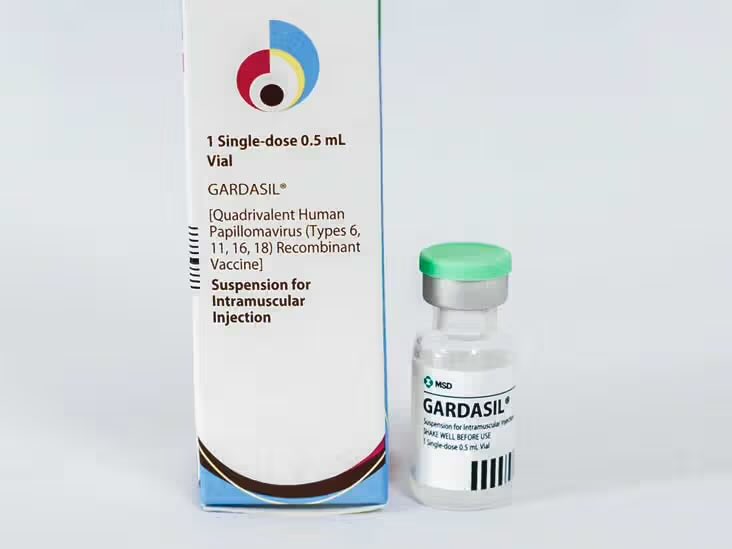
https://twitter.com/TakeThiamine/status/1767399133936279764
 Like most vaccines, clinical trials for Gardasil did not use a placebo. They used other, older vaccines or solutions containing toxic adjuvants/surfactants.
Like most vaccines, clinical trials for Gardasil did not use a placebo. They used other, older vaccines or solutions containing toxic adjuvants/surfactants. 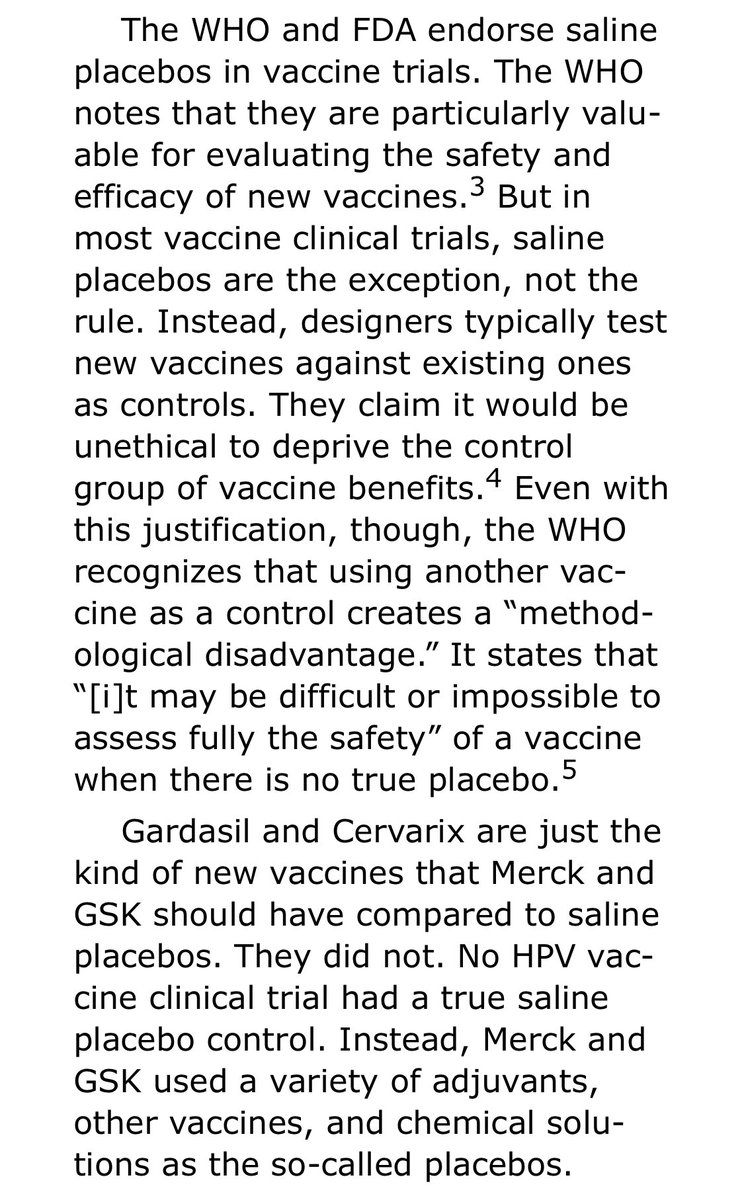
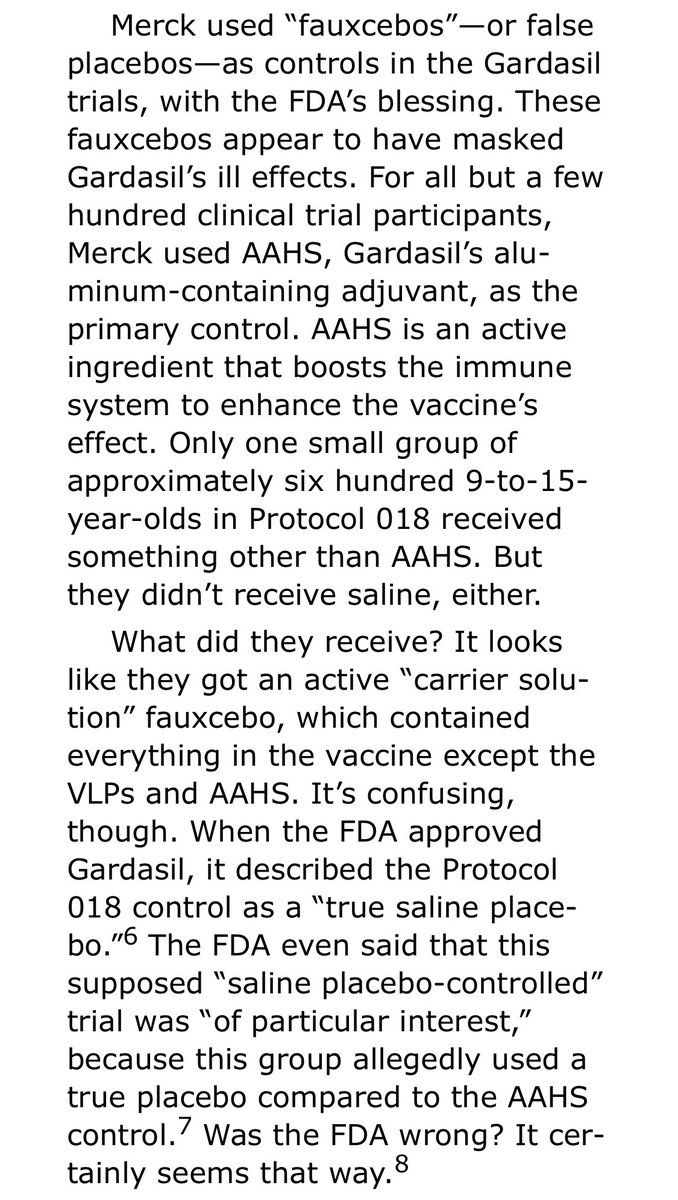
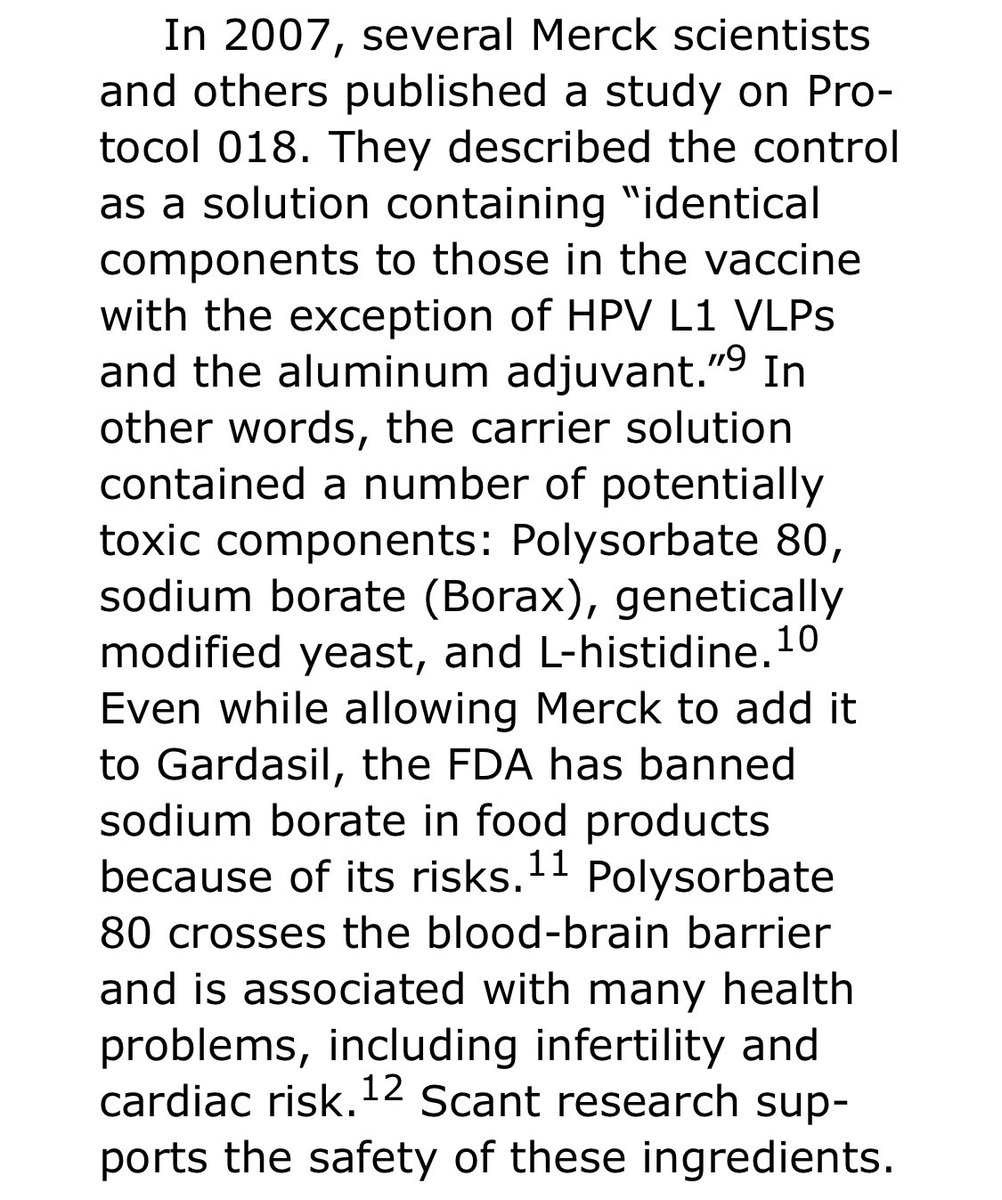
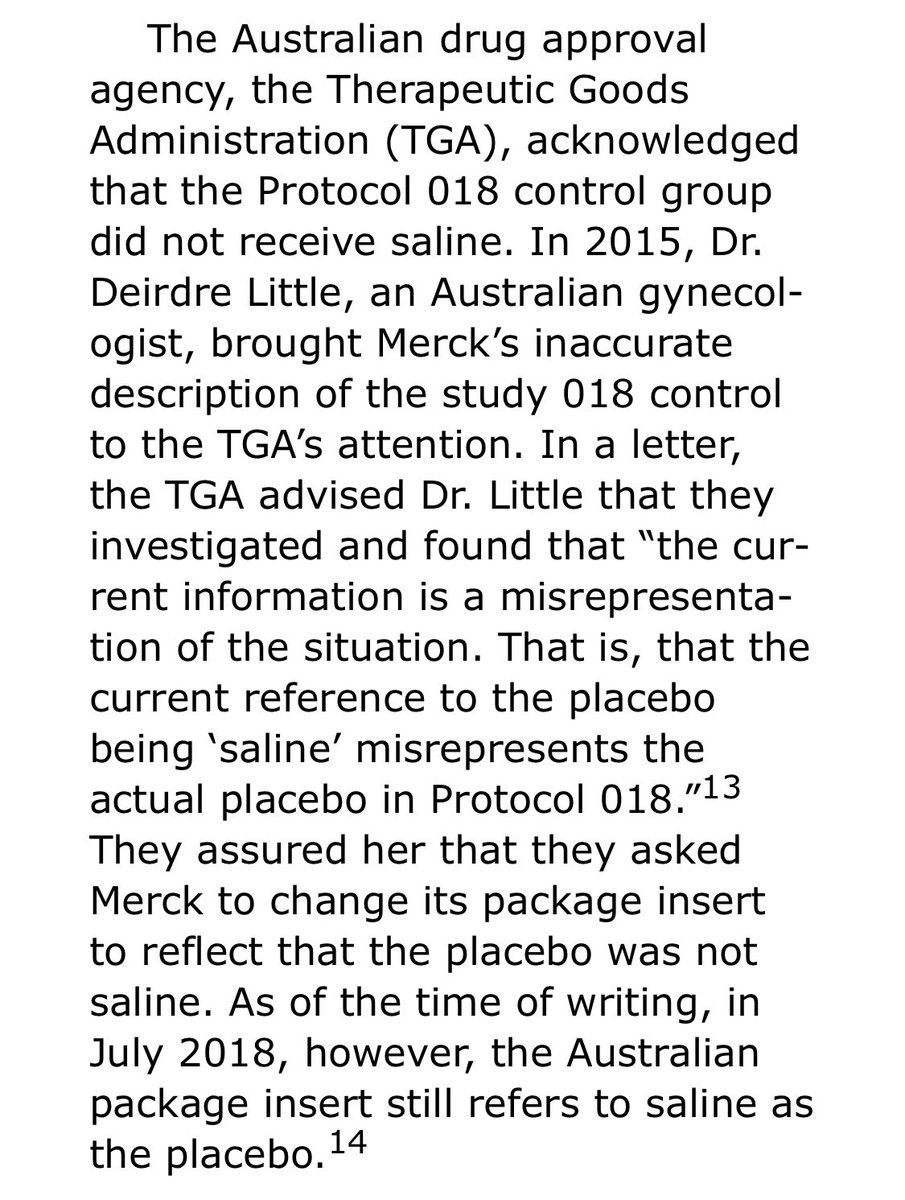

 𝗧𝗵𝗶𝗮𝗺𝗶𝗻𝗲’𝘀 𝗿𝗼𝗹𝗲 𝗶𝗻 𝗺𝗲𝘁𝗮𝗯𝗼𝗹𝗶𝘀𝗺
𝗧𝗵𝗶𝗮𝗺𝗶𝗻𝗲’𝘀 𝗿𝗼𝗹𝗲 𝗶𝗻 𝗺𝗲𝘁𝗮𝗯𝗼𝗹𝗶𝘀𝗺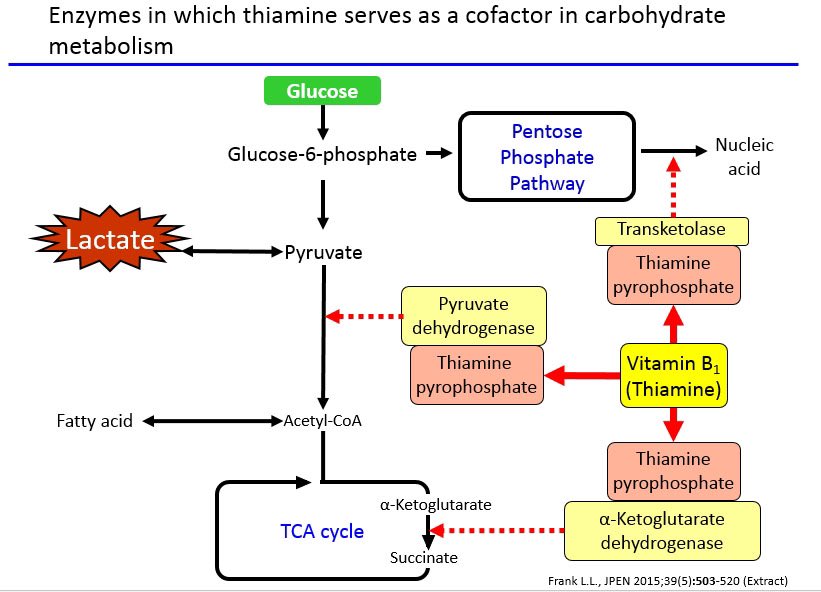
https://twitter.com/casbrad/status/1762255152097186205Maybe metronidazole made you deficient in thiamine which destroyed metabolism by down-regulating PDH and α-KGDH.
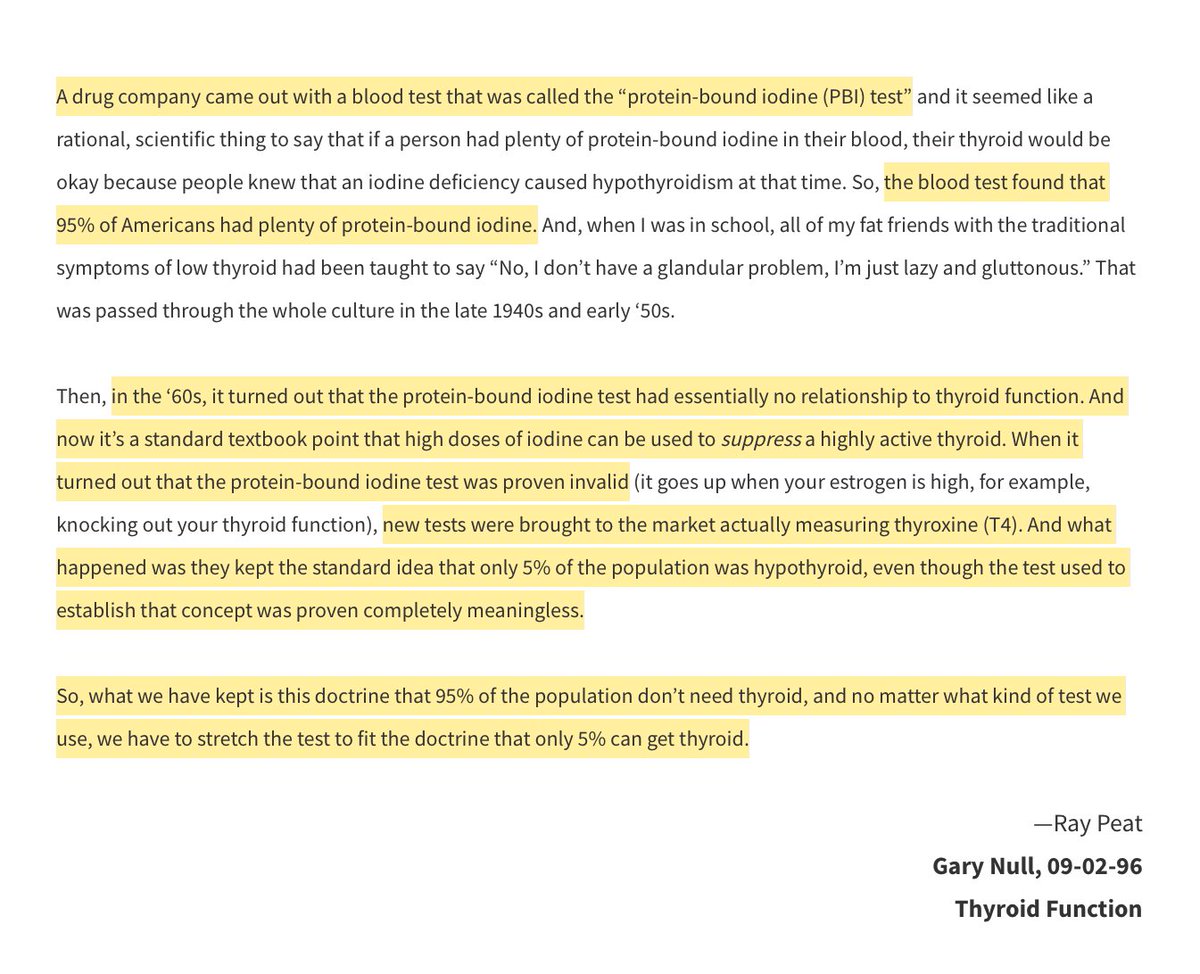
https://twitter.com/rizzenhouse/status/1671702090819969026

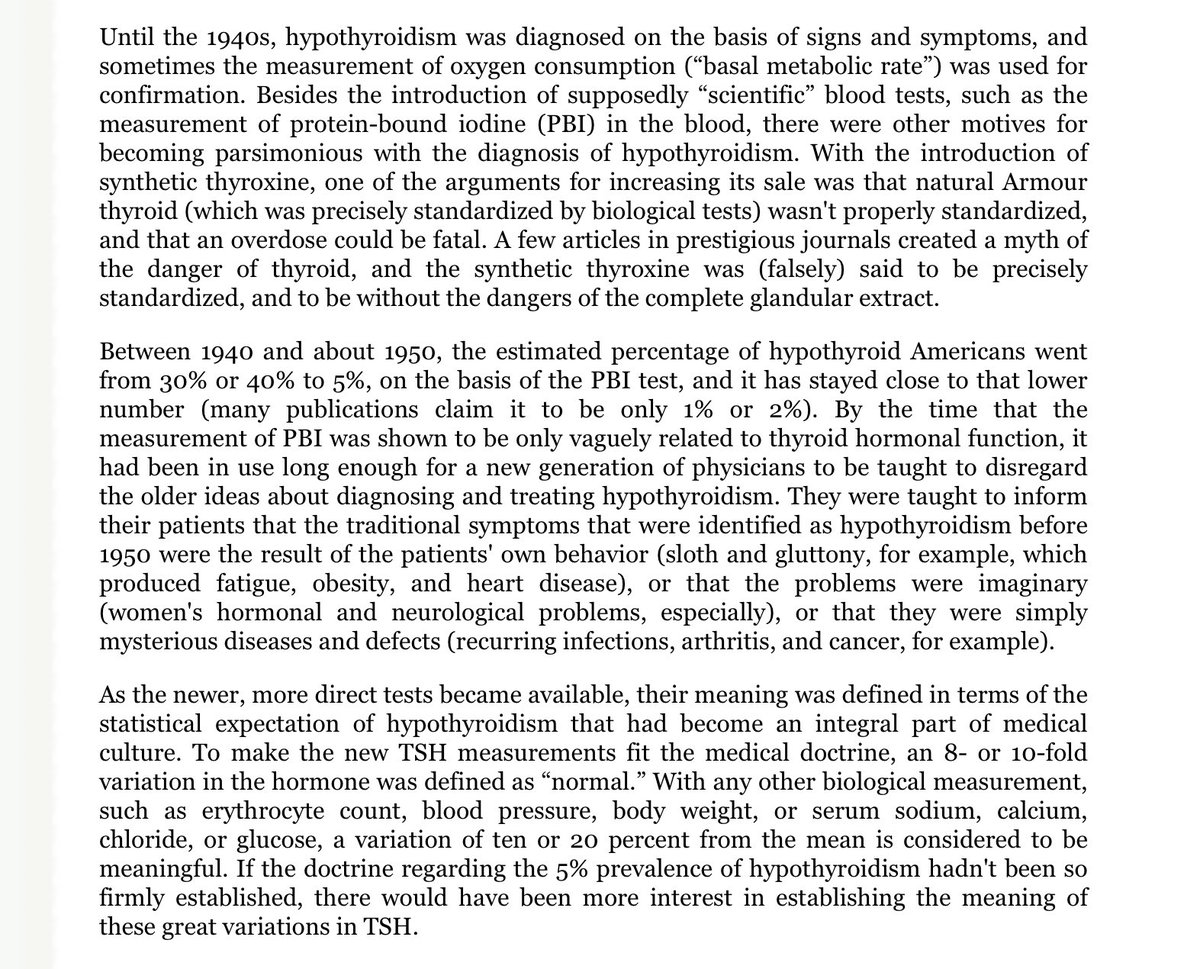 I think it’s pretty apparent that metabolic health has only declined since the ‘40s, so it should be clear that 1-5% figure is wrong.
I think it’s pretty apparent that metabolic health has only declined since the ‘40s, so it should be clear that 1-5% figure is wrong.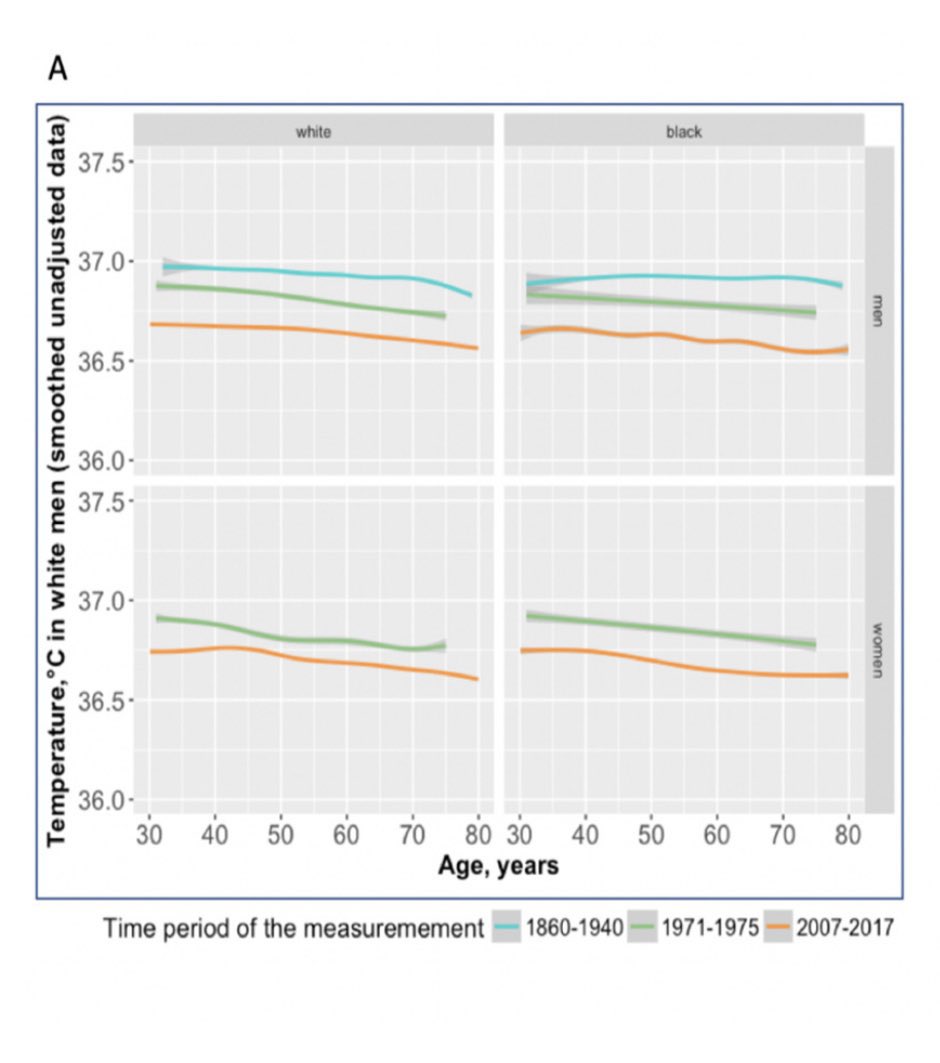
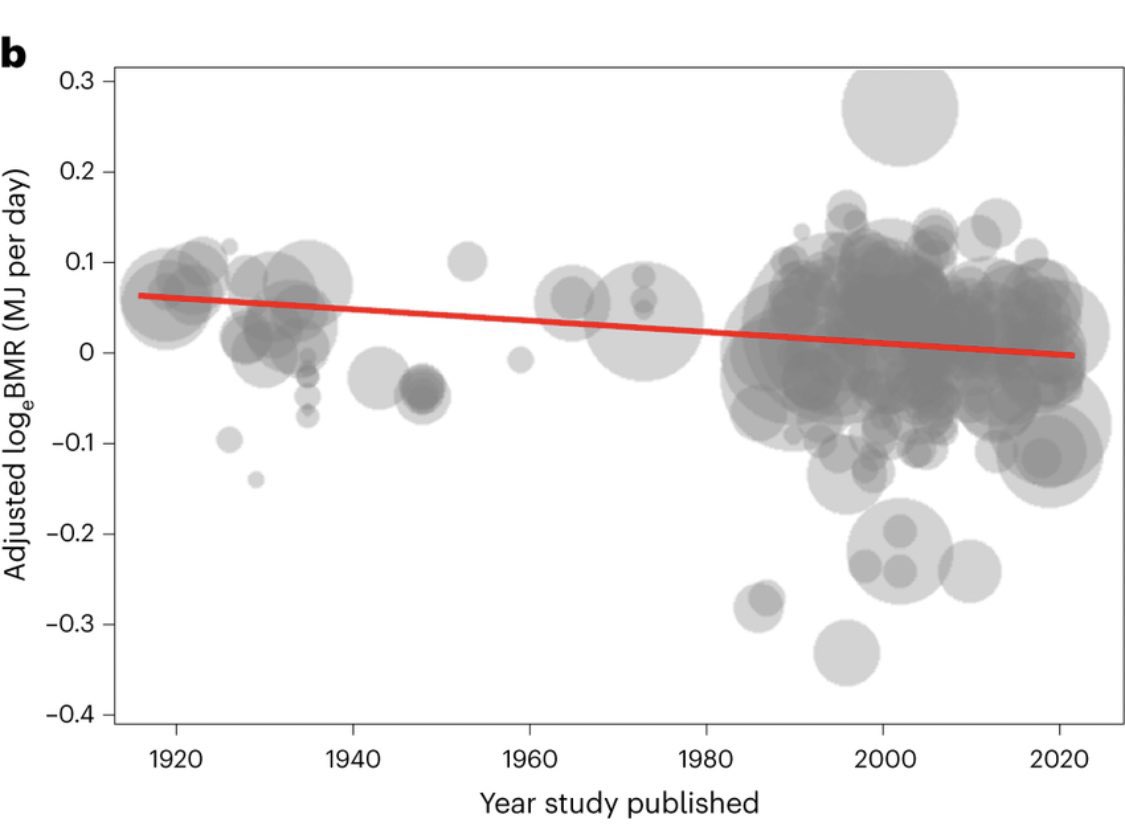

 (1) 𝗮𝗻𝗮𝗲𝗿𝗼𝗯𝗶𝗰 𝗴𝗹𝘆𝗰𝗼𝗹𝘆𝘀𝗶𝘀
(1) 𝗮𝗻𝗮𝗲𝗿𝗼𝗯𝗶𝗰 𝗴𝗹𝘆𝗰𝗼𝗹𝘆𝘀𝗶𝘀


 “Increased intracellular calcium, in association with excess nitric oxide and excitatory amino acids, is involved in several neurodegenerative diseases, including ALS, Alzheimer’s disease, Parkinson's disease, Huntington’s chorea, and epilepsy. Magnesium, nicotine, progesterone, and many other substances are known to protect against excitotoxic calcium overload, but there is no coherent effort in the health professions to make rational use of the available knowledge.”
“Increased intracellular calcium, in association with excess nitric oxide and excitatory amino acids, is involved in several neurodegenerative diseases, including ALS, Alzheimer’s disease, Parkinson's disease, Huntington’s chorea, and epilepsy. Magnesium, nicotine, progesterone, and many other substances are known to protect against excitotoxic calcium overload, but there is no coherent effort in the health professions to make rational use of the available knowledge.”
 “As chief of the NIAID’s Clinical Physiology Section of the Laboratory of Clinical Investigation, Dr. Fauci was, in 1976, a frontline spectator during the NIH’s bogus swine flu pandemic. That year, a soldier at Fort Dix died of a lung ailment following a forced march…
“As chief of the NIAID’s Clinical Physiology Section of the Laboratory of Clinical Investigation, Dr. Fauci was, in 1976, a frontline spectator during the NIH’s bogus swine flu pandemic. That year, a soldier at Fort Dix died of a lung ailment following a forced march…
